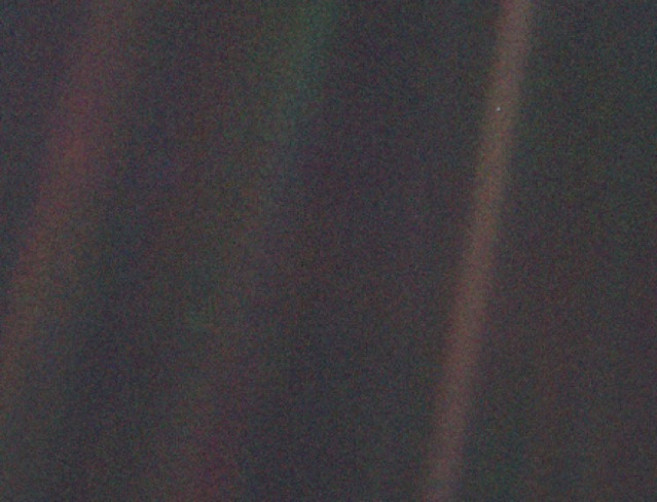cool, by chance do you have anymore details on the pics? (ie-what scope they were taken from, where are the objects in the pics? when was it taken, etc?
i really hope jwst doesnt have many more delays. last i heard its looking to be 2018 or so at best. (looked it up after saying this, I was correct.) the data we get ia going to be so important and informative.
Also, 10,000's of years is a kind of poor scale. from wiki-
"Galaxies outside the Local Supercluster are no longer detectable
2×10[SUP]12[/SUP] (2 trillion) years Assuming that
dark energy continues to make the universe expand at an accelerating rate, 2×10[SUP]
12[/SUP] (2 trillion) years from now, all galaxies outside the
Local Supercluster will be
red-shifted to such an extent that even
gamma rays they emit will have wavelengths longer than the size of the
observable universe of the time. Therefore, these galaxies will no longer be detectable in any way."



































